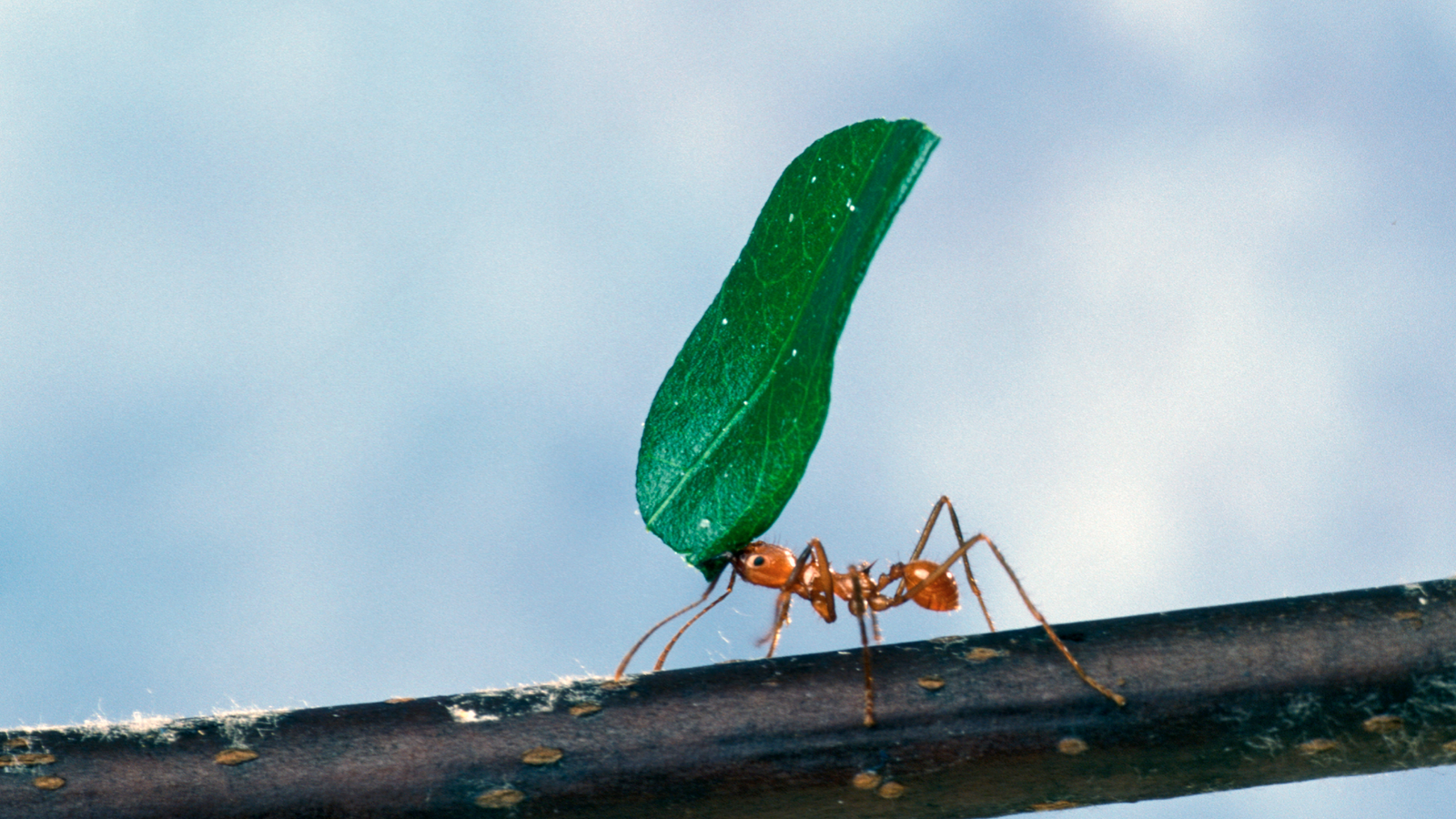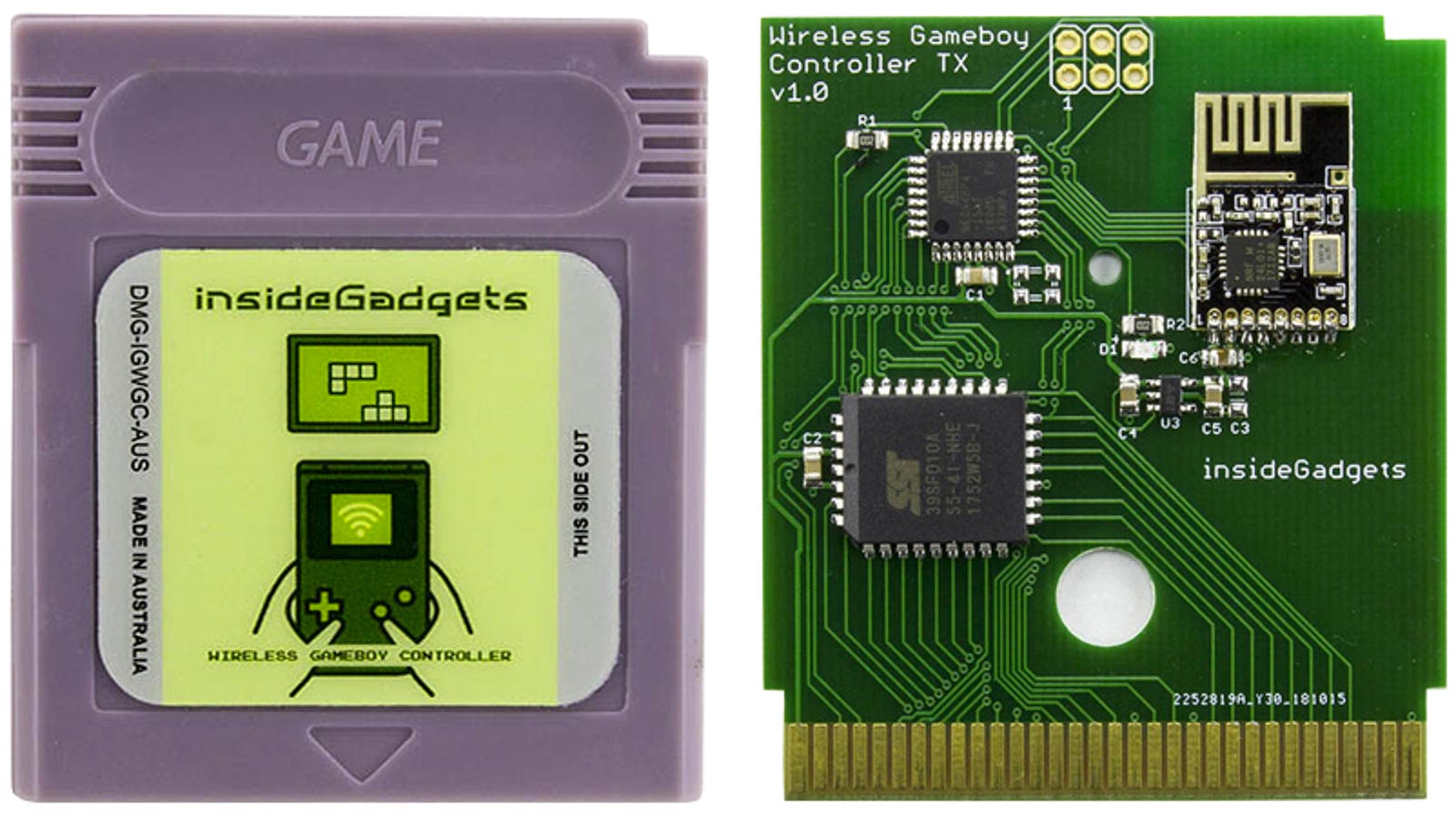https://arstechnica.com/?p=1434121

GILLETTE, Wyo.: A truck loaded with coal is viewed from the Eagle Butte Coal Mine Overlook which is operated by Alpha Coal. The area is a large producer of coal. Gillette uses the moniker of “The Energy Capital of the Nation”.
Given all the celebrations, I think we all deserve some punishment. Why else would I be inflicting chemistry on you? Chemistry is like the suspension system on your car; it’s unnoticed and unloved, but it allows all the cooler bits to strut their stuff, much like the chemistry behind the development of a better carbon dioxide sponge.
One of the jaw-dropping (for me anyway) developments in chemistry was metal-organic frameworks. These frameworks form both open spaces—they let small molecules in—and enclosed spaces—the trapped molecules behave like they are stuck in a crystal. This combination opens up a world of possibilities.
The current research has allowed me to discover that the possibilities are also expanded by the fact that you can make these frameworks without the metal.
Metal-organic frameworks
The carbon chemistry that makes up life has a backbone of carbon-carbon bonds that are really strong. This is what makes plastic so hard to break down. But many of those bonds still have the freedom to rotate, and different parts of the molecule may be attracted to one another through things like charge differences. The end result is that organic molecules tend to fold up, creating quite closed structures.
Metal-organic frameworks helped keep them open. Essentially, each metal atom provides a fixed structure to the organic molecules, which have to bind in a specific way. The spacing between the metal atoms is, in turn, set by the length of the organic molecule. Given the right organic molecule, these frameworks form very open structures.
The result is that metal-organic frameworks have an incredible amount of surface area for a given volume and a very low density. They are like no natural product on Earth.
What I didn’t realize until recently was that you could, if you took appropriate care, create these relatively open structures without the metal: so, an all-organic framework. The advantage of a purely organic framework is that you can use the variability of the shape and structure of organic molecules to change the shape of the internal structure. The researchers used a pair of organic molecules to create a crystal structure that has a regular array of corkscrew-shaped tunnels running in parallel. These openings are quite large and are able to accommodate molecules like carbon dioxide and nitrogen.
But when the researchers put the material in a mixture of carbon dioxide and nitrogen, 600 times more carbon dioxide entered the framework than nitrogen.
Charge is everything
To understand this difference, the researchers performed calculations on the molecular structure of the framework as well as on how carbon dioxide moves inside its structure. They found that the organic molecules had charges at fixed locations in the spiral. A carbon dioxide molecule was just the right length to be lightly held in place by the charges. But the spiral also means that when the carbon dioxide shakes loose and rotates (as it will when it comes free), it cannot easily return to its previous location. Instead, it has to shuffle around the corkscrew to the next matching set of charges. On average, a carbon dioxide molecule will make about a million of these shuffling steps per second.
The direction that the carbon dioxide ends up going (on average) is dictated by the concentration gradient: carbon dioxide goes toward the location where there is less carbon dioxide. As a result, the structure sucks up carbon dioxide.
Under ideal conditions, a single unit cell (this is the smallest unit that can be repeated to create the entire framework) can accommodate eight carbon dioxide molecules. The researchers also tested how quickly it took up carbon dioxide from flue gas. At a furnace exhaust, the carbon dioxide concentration is typically about 15 percent, with most of the remaining gas being nitrogen. Under these conditions, the corkscrew framework can absorb 39mg of carbon dioxide per gram of sponge. This is as good or better than most other available materials (including various metal-organic frameworks). However, if the total gas pressure is reduced further, then the amount of absorbed carbon dioxide shoots up to 59mg per gram.
Does this mean we are a step closer to efficient carbon capture? I honestly don’t know. The problem is probably one of scale. Coal plants burn hundreds of tons of coal per hour, which means a huge amount of sponge is required to soak up all that carbon dioxide. And it has to be done without killing the gas flow. Not only that, the sponge has to be refreshed. That seems like a tough problem that requires an excellent sponge along with a whole lot of other technical development.
Chemical Science, 2018, DOI: 10.1039/C8SC04376K
via Ars Technica https://arstechnica.com
January 2, 2019 at 01:36PM




